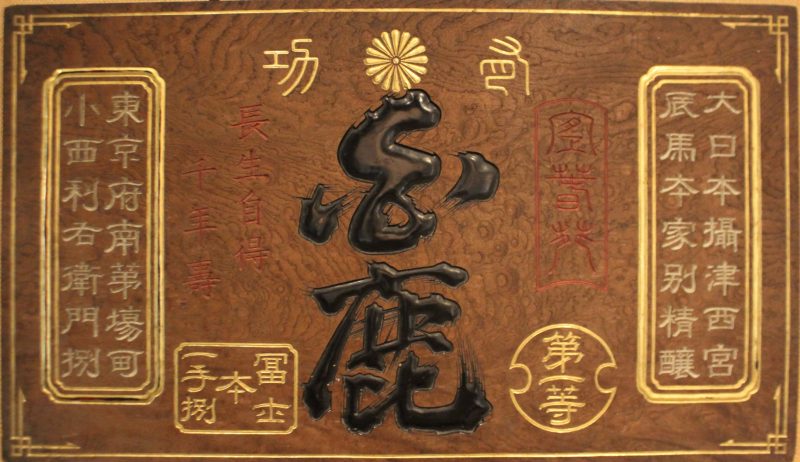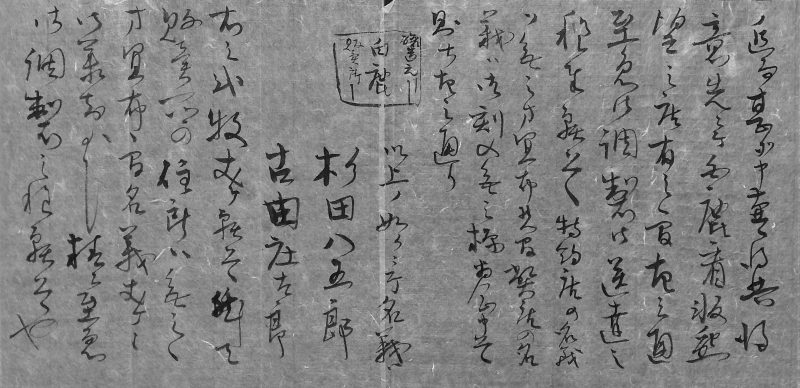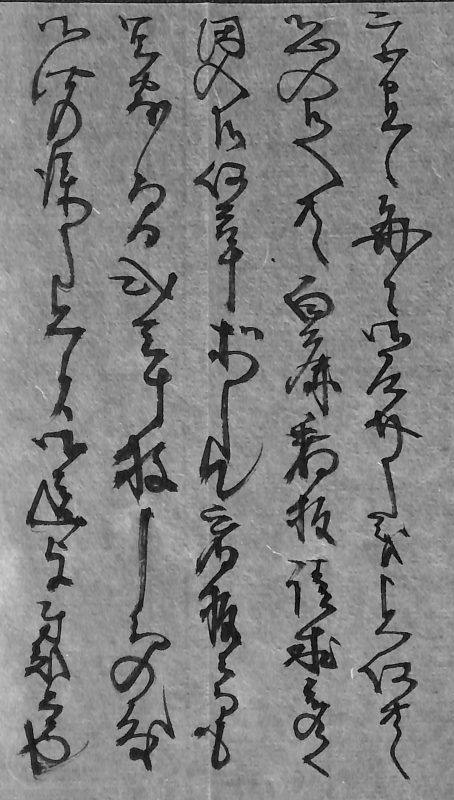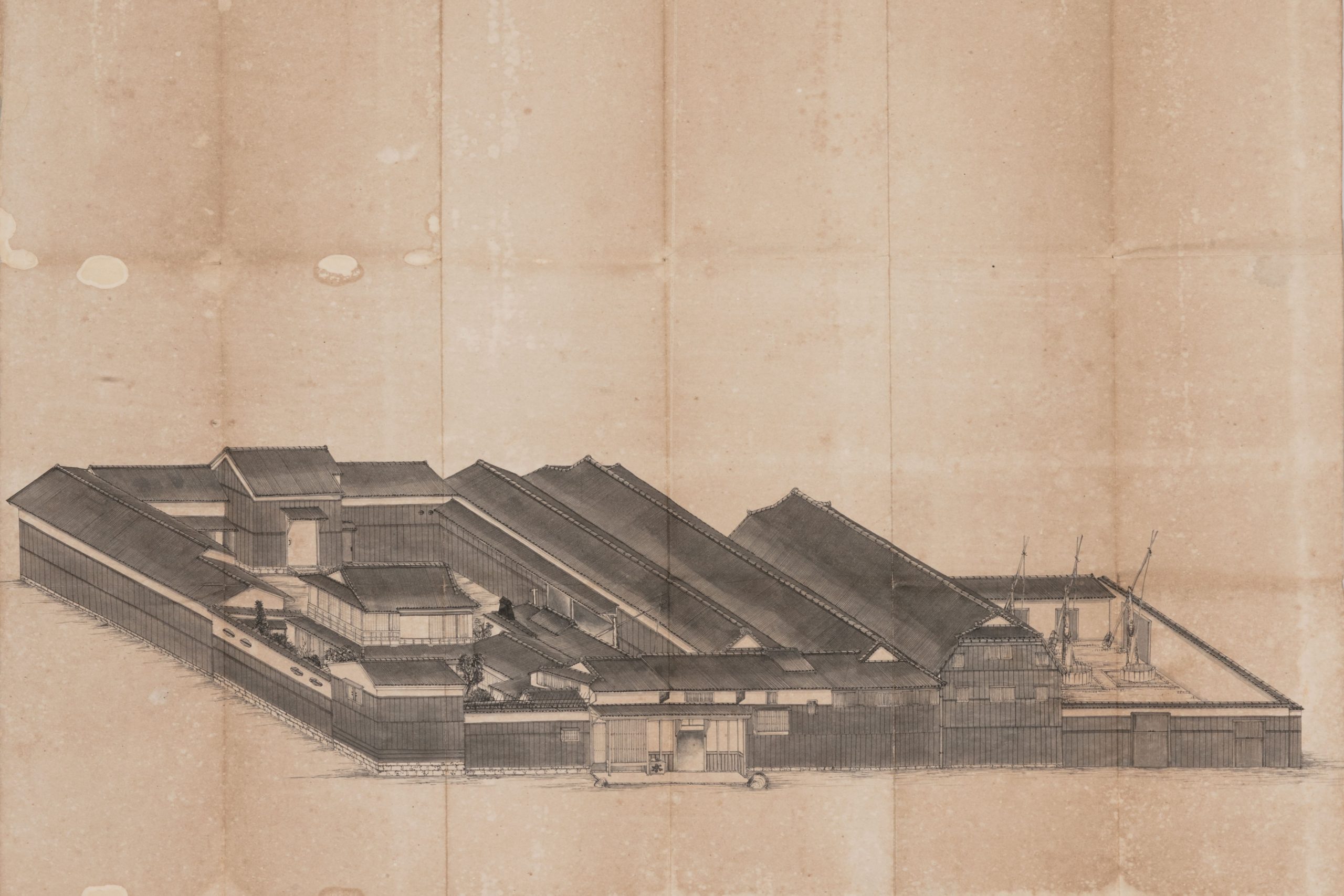Hello. It’s already the last month of the year. Since the middle of last month, the season has rapidly passed and the sake season has arrived. Which sake brewery’s products will you choose this winter among the many varieties of sake? In the Sake Reference Room, the new exhibition “Sake and the Media” will be held on December 6. We will introduce about a history of advertising activities developed by sake brewing companies to be chosen by consumers through this exhibition. This article focuses on signboards, one of the methods of advertising.

The single-panel zelkova signboard shown in the photo, one of the most common design of sake store signboards, has the brand name in the center and the advertising message around it. This seems to mimic the design of a straw barrel. The difference about signboards and straw barrels is that signboards contain information about producers and distributors. In the photo, the name of producer is written on the right as the brewer of Hakushika, and the name of the seller is written on the left. This indicates that this signboard was installed at the Konishi Riemon store, a sake wholesaler that had been selling Hakushika brewed by Tatsuuma-Honke Brewing Co., Ltd., in Tokyo since the Edo period (1603-1868).


Such zelkova signboards with the brand name were basically prepared by the sake brewers and sent to wholesalers. Let’s take a look at the historical document sent from Kawasei Shōten, a sake wholesaler in Toyohashi City, Aichi prefecture, to Tatsuuma-Honke Brewing Co., Ltd. The document states that Kawasei Shōten has received a request from Sugita Hachigorō and Furuta Shōtarō, customers of Kawasei Shōten, to install a Hakushika signboard in the form illustrated in the figure. Many requests for such signboards were received from sake wholesalers throughout Japan. Another letter from Nakano branch, a wholesaler of Hakushika in the Tokai region, expressed the urgent need for the signboard to be manufactured and it didn’t matter what material was used.

Signboards themselves also changed during the Meiji period (1868-1912). In addition to the technique of carving ink writing and letters on zelkova boards and applying black lacquer, wooden signs colored with paint and signs made of thin iron sheets, tin, and enamel appeared, which were displayed in places where many people gathered in addition to storefronts. Also, large size signboards appeared, and the signboard in this photo, installed in Nagoya City in 1936, was approximately 21m long and 2.7m high. Signboards have been known as an effective advertising method since ancient times, and even today, we can find some unique signboards in town. We look forward to seeing how signboards will continue to develop in the future. In the next issue, we will also introduce about flyers and hikihuda in relation to the new exhibition, “Sake and the Media” in Sake Reference Room.



-scaled.jpg)



I’ve never seen such exquisitely depicted architectural drawings of sake brewery buildings!